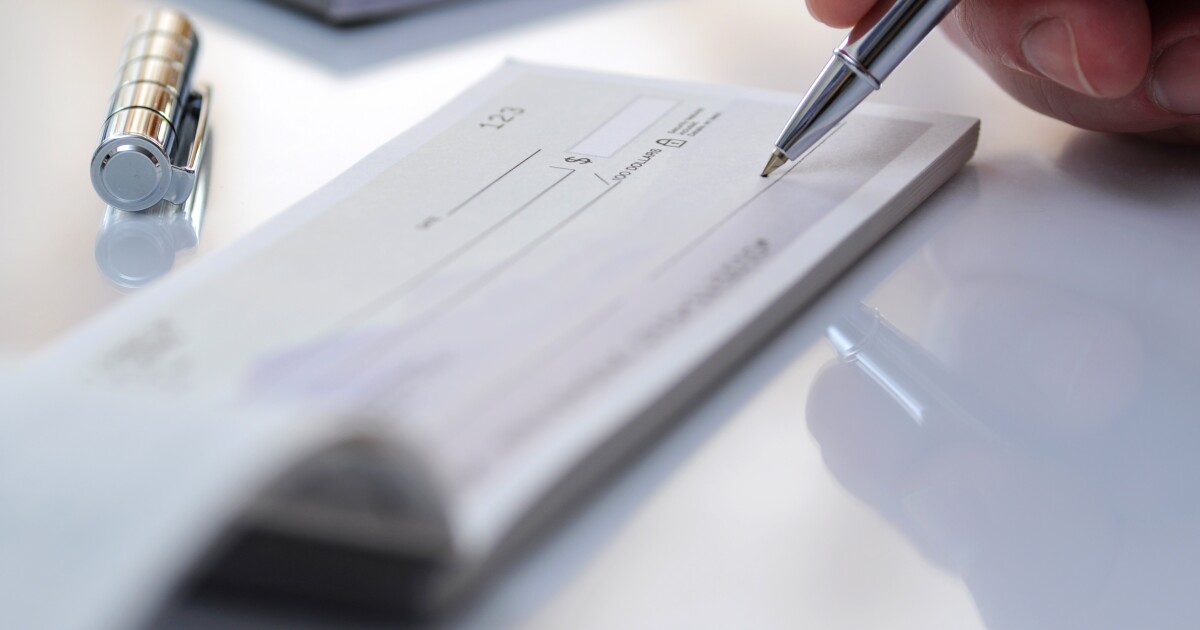
Through the end of October, depository institutions had filed more than 440,000 suspicious activity reports pertaining to check fraud, according to recently released data from the Financial Crimes Enforcement Network. The figure foreshadows another record-setting year for check fraud.
Over the same period of 2022 — from January to October — there had been 420,000 reports of check fraud from depository institutions. By the end of that year, the number of reports exceeded 500,000, which is double the number of check fraud reports from 2021.
In a stark example of how check fraud is affecting banks, Regions Financial reported during an earnings call in October that it had lost
Fincen said in
In the warning, Fincen enumerated methods banks can employ to detect check fraud, including monitoring for deposits to accounts that have no prior deposit history, large withdrawals to a new payee, checks cleared out of sequence with past checks or check stock that is different from that which the issuing bank uses.
While banks can and do still monitor checks for signs of alterations, these signals can be harder to detect due to the shift toward remote deposit capture, according to Jim Hitchcock, the vice president for fraud mitigation at the American Bankers Association. Hitchcock said the shift toward electronic check clearing was in part spurred by the Check Clearing for the 21st Century Act, also known as Check 21.
"The unintended consequence is that proving alterations and forgeries has become more difficult," Hitchcock
The Alabama bank reported that check fraud resulted in operational losses of $135 million between April and September, including $53 million last quarter. The entire banking industry has been beset by higher levels of check fraud since the start of the COVID-19 pandemic.
The fight against check fraud is complicated as well by the organization of the criminal enterprises perpetrating it. In a typical case of check fraud, a check is stolen alongside numerous other parcels from the United States Postal Service — often one of the service's blue drop boxes, which criminals can break into to collect numerous pieces of mail at once.
From there, fraudsters chemically wash or digitally alter the check to remove the payee and dollar amount. They then give the check to a "walker" — a person who can credibly deposit the check without triggering the bank's attention — to deposit into a "mule" account — an account controlled by a fraudster but that has been carefully maintained to appear legitimate. Finally, the account controller withdraws or moves the funds to complete the theft.
Observers have offered numerous potential solutions to the check fraud problem, ranging from more
In a
"We at the Fed know that checks are not going anywhere, even if there are a couple billion fewer of them around these days," said Mike Timoney, vice president of secure payments based at the Federal Reserve Bank of Boston, in the release. "But as with any payment method, checks have very real vulnerabilities that plenty of people are trying right now to exploit. Understanding what they are can go a long way toward stopping fraudsters from stealing from you."



